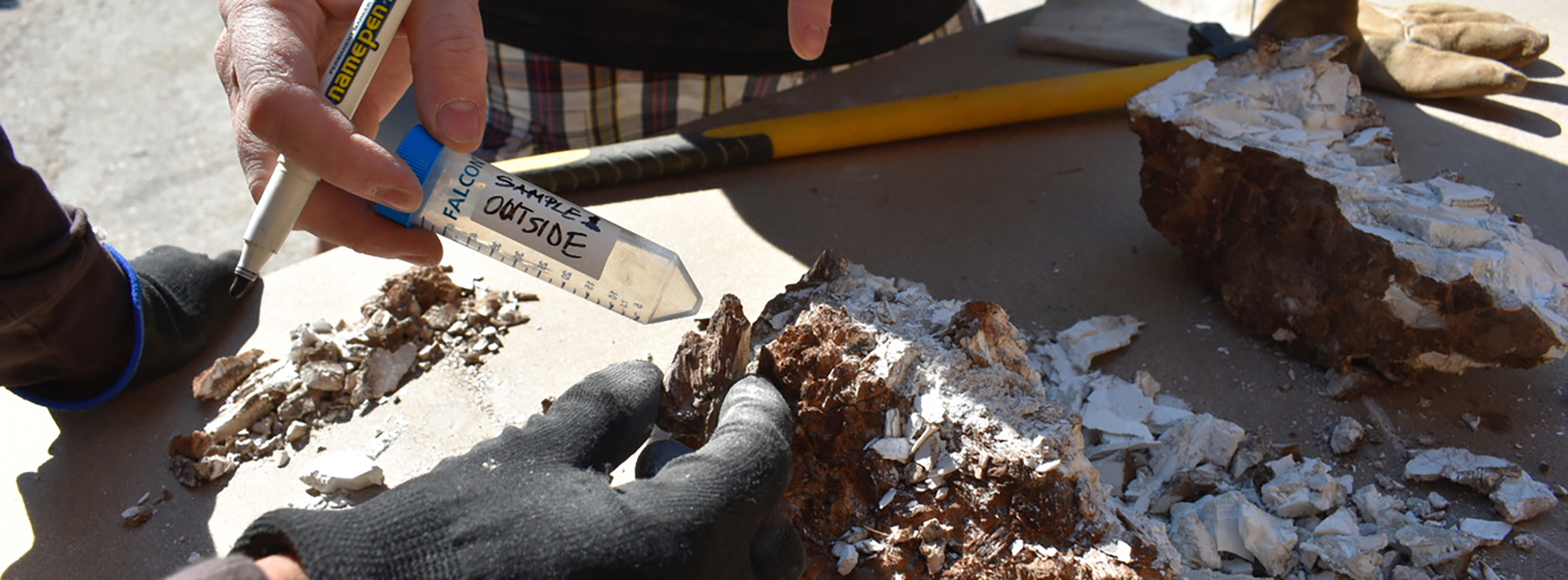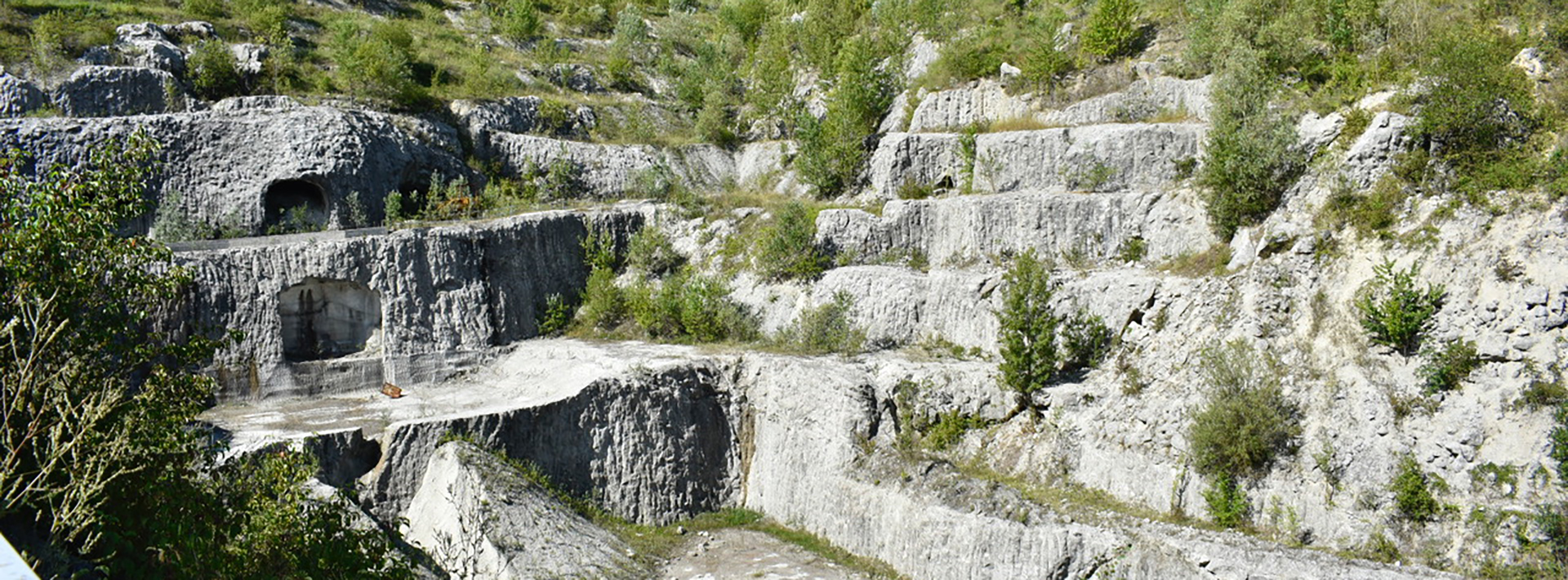ONE-MA3 2017: The Finale

[fusion_text]By Sierra Rosenzweig
For ONE-MA3’s last day together in Italy, we had a lot of work planned. We started the day by pulling our boulders out of the oven and taking samples of the interior and exterior layers of the cooked gypsum. We put the boulders in a grinder and crushed them into a fine powder that could be used to make into sculptures.

Collecting samples of the gypsum after pulling it out of the oven
Once we ground the gypsum, we mixed it with water, making it moldable for a few moments before becoming hard. We tried lots of different gypsum to water ratios to find the optimal mixture that would allow us to mold what we needed without it setting and cracking first. We made trinkets with the gypsum while we experimented, including six-sided die and hands molded with rubber gloves. Our final creation was a ceiling tile with the MIT logo that was permanently placed in the workshop where we created our frescoes earlier in the week.

A gypsum peace sign molded from one of the rubber gloves
Once our work was finished, we started our American Independence Day celebrations. To celebrate, we went on a truffle hunting trip with a dog that would help sniff out truffles! We collected our truffles and brought them back to town where our hosts were waiting with hamburgers and hotdogs for our American style supper. We were surprised with an American flag and some flying lanterns which we launched into the night sky. Our trip was concluded by watching our lanterns drift away as we walked through town waving our American flag.

Omar poses with his truffle next to our truffle dog, Chak

Gianfranco and Marco pose with the American flag that they painted for us in celebration of the Fourth of July
This summer, Professor Admir Masic is leading a program on Materials in Art, Archaeology and Architecture (ONE-MA3), in which MIT undergraduates are conducting three weeks of fieldwork in Privernum, Pompeii and Turin as a prerequisite for the Fall 2017 MIT course, 1.057 Heritage Science and Technology. The program involves real-world analysis of ancient infrastructures and materials and focus on teaching ways to improve sustainability of the future through the study of ancient successes. [/fusion_text]


